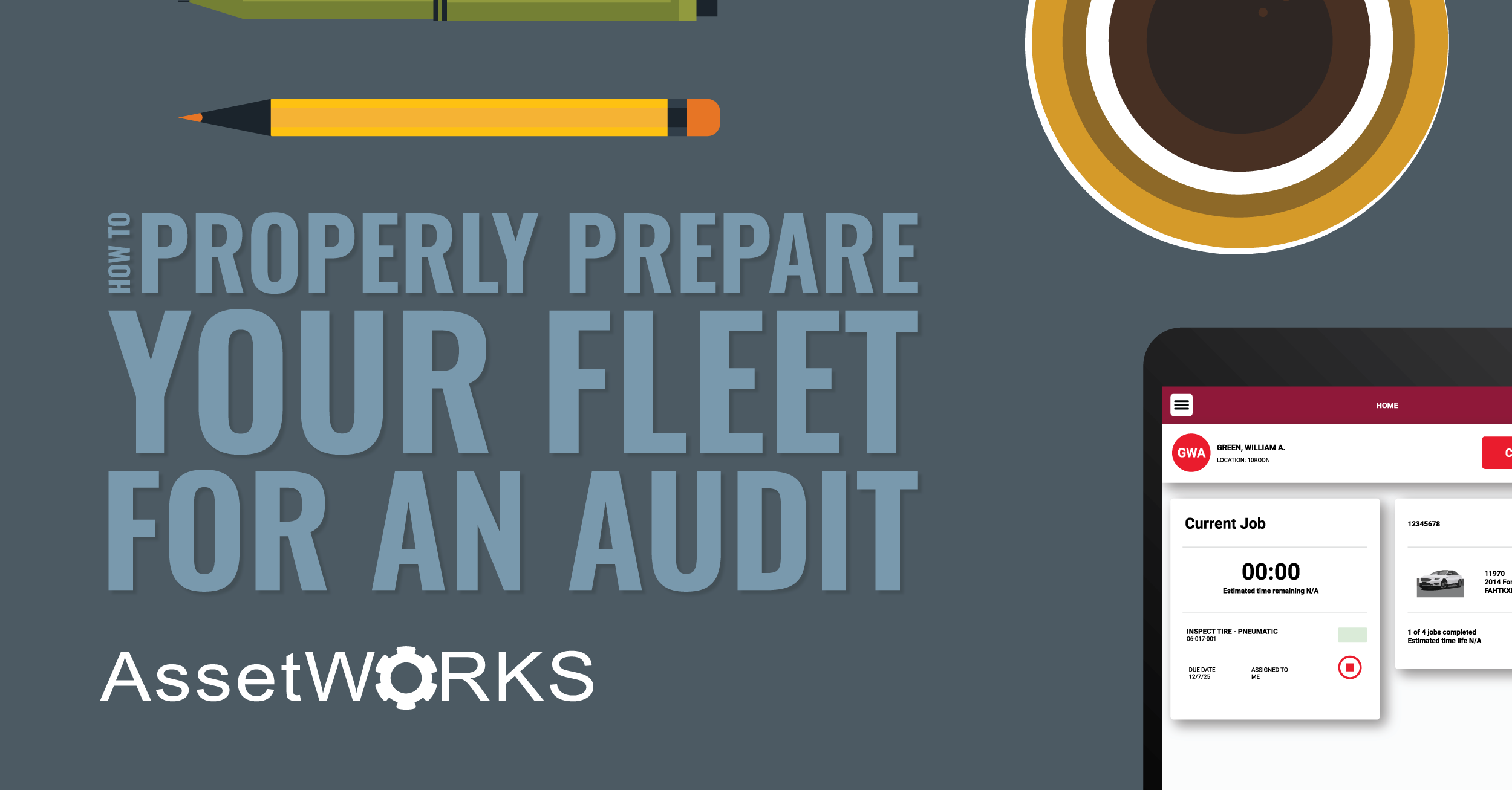Upgrading your software isn’t always the smoothest experience. You may face employee pushback, software bugs, or any number of other inconveniences. When did this become the status quo? When upgrading your car or phone, it’s a time of excitement and anticipation: new features, better performance, enhanced safety, and more! With a few adjustments and strategic steps, your next software upgrade could be as fun and exciting as a new phone or car upgrade.
Step 1: Ensure You Are Using Test Environment
To run an install test, you need to have your test environment set up. You can set these environments up just like you did for your production environment. A test environment is a mirror of the production environment, so all of the same data should be available for you to test and run reports accurately. Notably, you can clone your production environment to accomplish the test environment. With the test environment set up, you can rest assured that you are adequately prepared to roll out the new changes and updates to your organization when the time comes.
Step 2: Read Software Documentation to Prepare For the Software Upgrade
You must have a complete understanding of when you should upgrade, especially if you are making a large jump in versions, for example, if jumping from v6.0 to v18.0. These large jumps can often come with massive changes or even interface overhauls. Likely, these changes were made subtly over the 12 interstitial versions, but jumping from 6.0 to 18.0 will leave you with many changes at once. What’s the best way to prepare for that? Read your software documentation and ask your provider to clarify anything that isn’t immediately understandable.
Step 3: Run an Installation Test to Determine How Long Installation Will Take
Running and installation tests would be beneficial for planning the installation to avoid any unnecessary downtime. In addition, running an install test will allow you to anticipate and prepare for any unavoidable downtime that may occur. When software providers release patches or new versions, the users need to install the updates quickly to ensure optimal compliance, security, and effectiveness. Users running on old software are subject to bugs, missing features, and eventually security risks as it becomes no longer supported. Consider Operating System upgrades that your PC reminds you to do if you put it off too long. Oftentimes, if you look up the patch online, software experts and developers will list the important security flaws or bug fixes that the particular patch rectifies. By putting it off, you leave yourself exposed. Finally, depending on the size of the update, the time for completing the update could vary. If you prepare beforehand, you can plan for when this will occur.

Step 4: Ensure Any Changes in Settings Are Caught in Test Environment
Much like the previous section, the test environment has numerous ways that you can discover issues that could trip you up before they get a chance. One notable section that users will often overlook is the “settings.” Any settings that you have may not be available in the same capacity as the new settings. They might have been changed, moved, incorporated, or dismissed for irrelevance or security issues. Researching this in the test environment will help you prepare your organization and resist any pushback before it occurs.
Step 5: Don't Strictly rely on QA Testing
Because QA tests cannot account for the many different configurations, it is very important that you also run your own install tests before going live. You should communicate with your software vendor’s QA team to receive a listing of the tests they ran and their results. Likely, they will also be able to suggest which tests you should run, as well as notify you of the results and data that you should expect to see. If your results do not match the QA team’s, you now have an existing relationship with which you can work through the anomalies in your tests.












